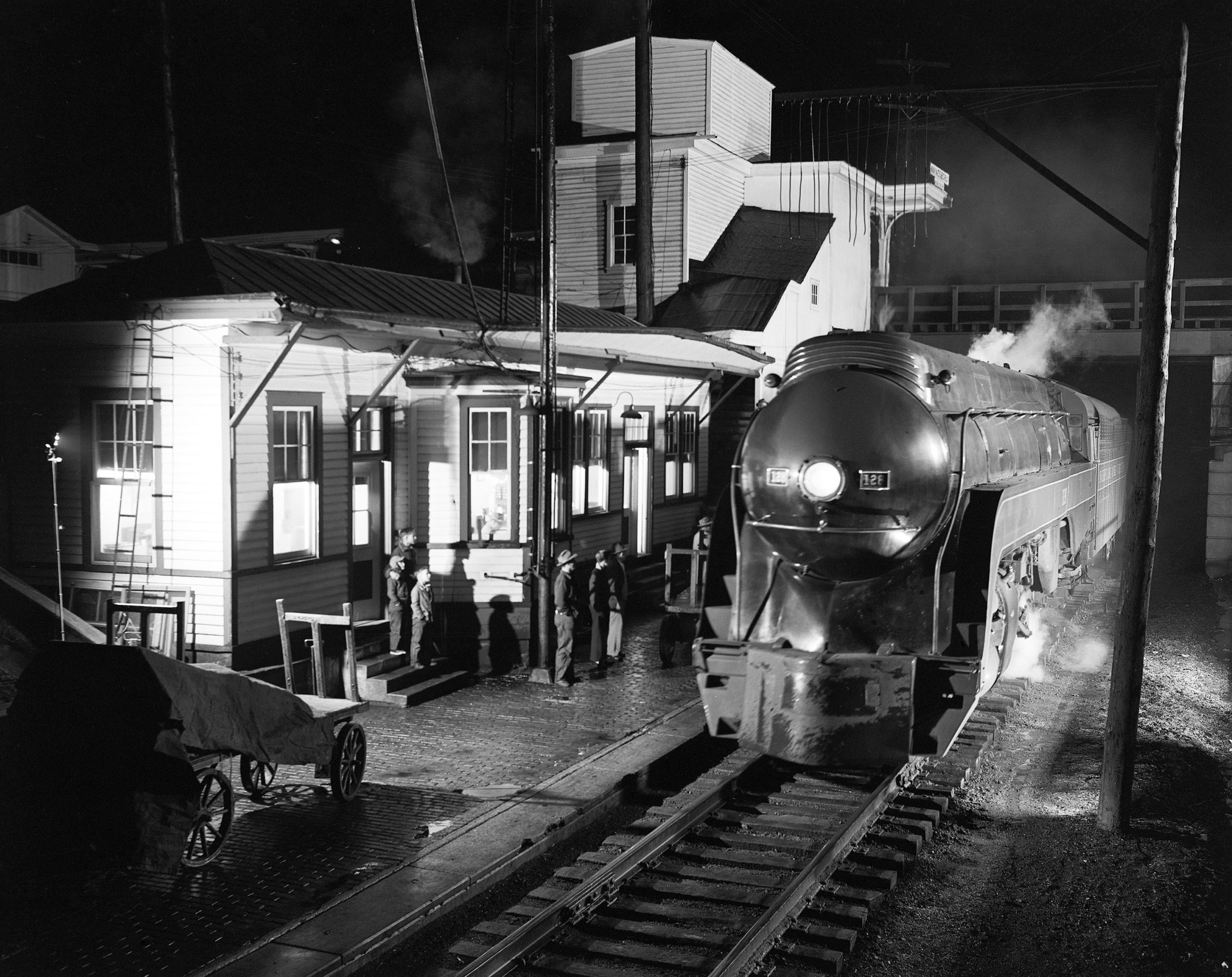Monday, July 18, 2022
7:00 p.m. (U.S. Central Time), on Zoom
Registration closes on Sunday, July 17 at 4:30 p.m. (CST)
Thomas Garver, the former assistant/agent of Link and the founding curator of the O. Winston Link Museum, will present Behind the Photographs of O. Winston Link. Garver will discuss the life and work of Link as well as his remarkable photographs of the Norfolk & Western Railroad.
Thomas H. Garver is a retired art museum director, writer, and independent curator. In 1957-58, just out of college, he worked for O. Winston Link as a part-time assistant in Link’s New York City studio. Part of his assistantship included three trips, totaling about a month, to Virginia, West Virginia, and North Carolina to aid Link in the creation of his visionary five-year documentation of the Norfolk and Western Railway at the end of steam power on the line.
Tom Garver assisted Winston Link in the field, and subsequently contributed a chapter to Link’s first book, Steam, Steel & Stars, published in 1987. Tom was the sole author of the text for the second book of Link’s railroad photos, The Last Steam Railroad in America, published in 1995. In 1994, Garver became Link’s business agent, and following Link’s death in 2001, Garver served as organizing curator of the O. Winston Link Museum, located in the former N&W passenger station in Roanoke, Virginia. He lives in Madison, Wisconsin.
This event is free.
 Train #2 arrives at the Waynesboro Station, Waynesboro, Virgnia, April 14, 1955. Courtesy of the O. Winston Link Museum.
Train #2 arrives at the Waynesboro Station, Waynesboro, Virgnia, April 14, 1955. Courtesy of the O. Winston Link Museum.
 Grain Elevator, Sayre, OK
Grain Elevator, Sayre, OK John Sanderson
John Sanderson

 Railroad Workers (Adzing for Tie Plates). Leonhard Sandrock, ca. 1910. From the collection of Grohmann Museum at Milwaukee School of Engineering
Railroad Workers (Adzing for Tie Plates). Leonhard Sandrock, ca. 1910. From the collection of Grohmann Museum at Milwaukee School of Engineering James Kieselburg, director at the Grohmann Museum at Milwaukee School of Engineering
James Kieselburg, director at the Grohmann Museum at Milwaukee School of Engineering